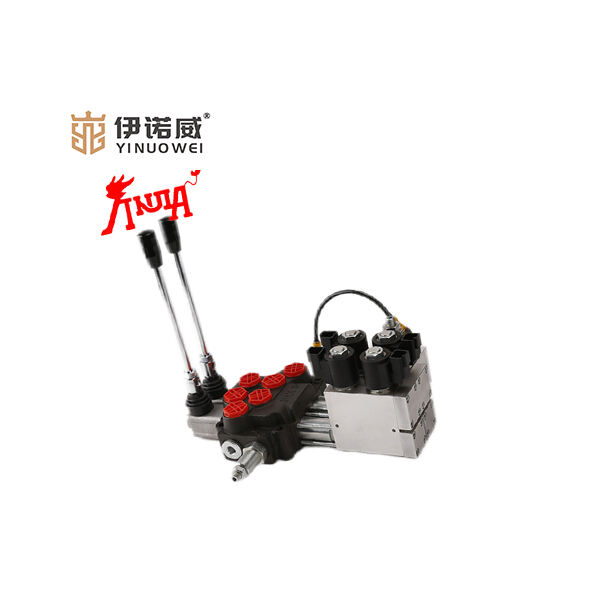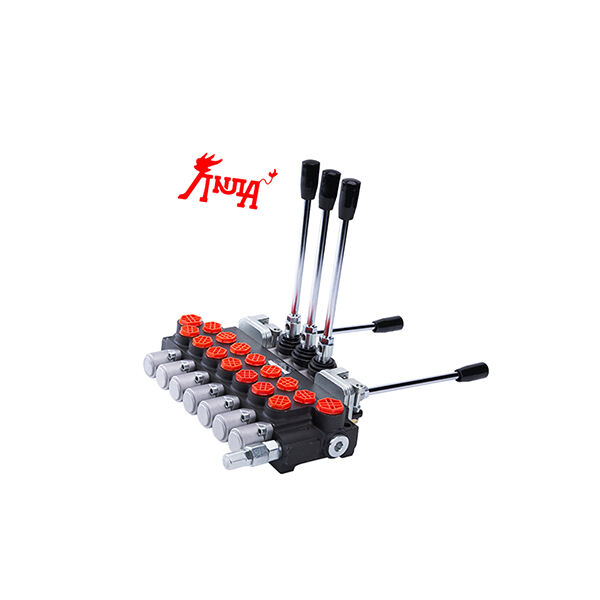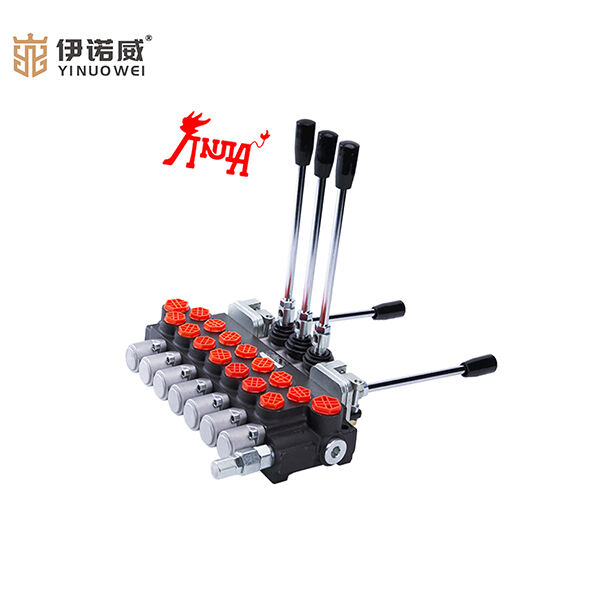Un Válvula de Control Hidráulico é unha peca única de equipo que é moi crucial para o movemento eficaz de líquidos que fluín a través das tuberías. Podes visualizar as tuberías como túneis longos e finos polos cales os líquidos poden pasar para moverse do punto A ao punto B. Estas tuberías permiten que os líquidos, como o petróleo ou a auga, fluan rapidamente e sen esforzo. A Válvula de Control Hidráulico é responsable de determinar cando comeza a fluir o líquido e a cantidade de volume que pasa a través das tuberías. É unha ferramenta moi útil para os enxeñeiros, xa que é unha maneira beneficiosa de controlar o fluxo de líquidos utilizados en diferentes tipos de máquinas como grúas, buldóces e outro equipamento pesado.
Os valvulas de control hidráulico teñen diferentes tipos, cada un co seu propio propósito. Un tipo común chámase valvula direccional. Esta valvula regula onde vai o líquido, como se viaxa para adiante ou para atrás polas tuberías. Outro tipo chámase valvula de presión. Controla a presión e o fluxo do líquido; polo tanto, permite que todo o equipo funcione. Tamén están as valvulas proporcionais que controlan cantidade de líquido está en uso en calquera momento. Por último, hai valvulas de solenoide que poden iniciar e detener o fluxo de líquido simplemente con mover un interruptor.
Aquí están algúns lugares comúnmente usados destas válvulas nas máquinas. As válvulas direccionais, por exemplo, teñen un papel importante nos buldózers xa que controlan a pá que fai zapa no solo. Os elevadores hidráulicos para levantar e baixar pesos pesados de forma segura dependen das válvulas de presión para controlar o peso máximo que pode ser levantado. As válvulas proporcionais foron moi útiles nas grúas para controlar cantos pesos se levantan e moven. As válvulas solenoide son adecuadas para maquinaria que require unha acción de conmutación fácil. Como resultado, estas válvulas combinadas entre si axudan ás máquinas a funcionar ao ritmo máis eficiente e seguro, polo que son usadas por varias industrias en todo o mundo.
Como calquera outra máquina, as Válvulas de Control Hidráulico tamén poden ter problemas ocasionalmente. A túa válvula de control pode ter problemas se a máquina non funciona correctamente. Hai algúns problemas comúns que podes corrixir antes de necesitar a axuda dun profesional. Se o líquido non flúe polos tubos como debe ser, pode haver un entupimento que o bloquee. Ou, se o líquido non se move rápido o suficiente, pode significar que a presión xeral é moi baixa.

Desmonta a válvula e fai un limpeza completa para resolver estes problemas. Así asegúrate de que todas as partes vólvense a unir como deben para que a válvula funcione correctamente. Sempre tes que chamar a un electricista profesional se tes dificultades coa túa válvula de control. Están formados e experementados, poden identificar o problema e tamén axudarte a que o teu dispositivo volva a funcionar normalmente.

Os Válvulas de Control Hidráulico teñen moitos beneficios que os fan útiles en numerosas aplicacións. O primeiro é a súa fiabilidade, a maior parte das veces poden durar moito máis se lles axudas a cuidalos correctamente. Iso significa realizar unha manutenção bastante regular (asegúrate de que todo funcione ben como debe). Tamén son moi precisas, polo que poden controlar o movemento das máquinas con moita exactitude. Tal precisión ten moita importancia en calquera sector que involucre mover cousas, como na construción e na fabricación.

Outro gran beneficio das Válvulas de Control Hidráulico é que implementan unha alta precisión. Tamén consumen menos enerxía que moitas outras formas de válvula de control. Tamén ahorran dinhero en enerxía co tempo, lo que significa que son económicamente eficientes. As Válvulas de Control Hidráulico tamén poden ser moi flexibles e utilizarse en diferentes tipos de máquinas e aplicacións. Tamén son amplamente utilizadas en varias aplicacións.